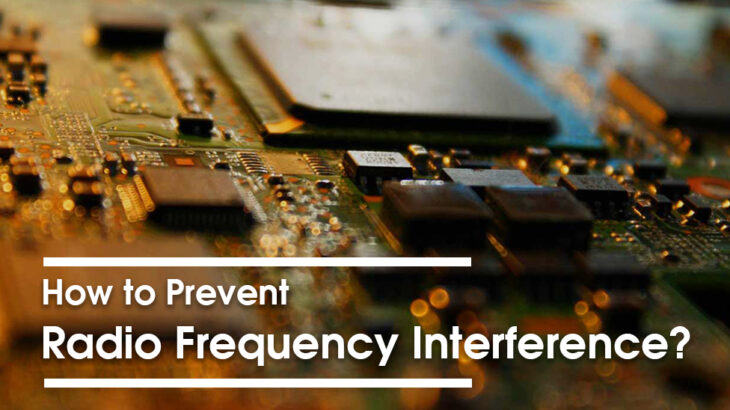
When the functioning of an electronic device is affected by unwanted electromagnetic energy, it is said to be an interference. Radio Frequency Interference shows itself as a loss of data, performance degradation, or damage. So, the RF source and receiver are isolated if affected by interference. Even after the separation, interference may persist, affecting the electronic system’s performance. That is why engineers take prompt care during electronic hardware design and embedded software development, as interference may cause trouble to the whole system.
What causes RF Interference?
In most cases, the interference is because of the following factors:
- A source
- A transmission path
- A response
The interference will arise from multiple factors and sources. However, most of the time, the unwanted energy present affecting the device’s performance is the primary cause. Here are some of the categories of interference:
1 – Interference source
The source can either be natural or man-made. For instance, atmospheric changes such as lightning can be a natural cause. If the interference is coming from a nearby device, it is man-made.
2 – Interference’s bandwidth
In simple terms, the bandwidth refers to the frequency at which the interference is felt. It can be further divided into Broadband and narrowband interference.
- Broadband Interference – They take a significant part of the magnetic spectrum and appear on multiple frequencies.
- Narrowband Interference – This consists of a single source as a result of a transmitter’s distortion
3 – Interference duration
The interference can also be classified based on its duration. They can either be continuous over a period of time or intermittently appear in tiny bursts over a short time.
How is interference detected?
It is essential to detect interference at every stage of the PCB design. Generally, swept-tuned spectrum analyzers come in handy for detecting RF interference. They sweep at a specific frequency, going from the lowest to the highest frequency while displaying measurements as they pick up signals. If the electronic system experiences interference, the engineers should minimize it to ensure reliability, working life, and performance.
Minimizing RF interference
Here are the three methods by which engineers stop interference from affecting the electronic system:
1 – Shielding
RFI is reduced largely by enclosing the electronic system in metal. It traps the noise and ensures that it does not reach the antenna. This method is even more effective if the metal is bonded to the ground by electric means. It is best not to have wires pass the shield since it acts as an antenna.
2 – Filtering
This method seems highly practical to reduce interference. Filtering circuits are installed beside the noise-production terminals in the system. Electrical components like choke coils and capacitors effectively filter out RF interference.
3 – Grounding
Grounding implies the electrical connection between a system and a plane known as the ground. It is done to pass on the interference to the ground rather than emitted as radiation.
Conclusion
Since the practical world has many uncontrollable factors, it is difficult to promise interference-free electronic circuits. The best every engineer can do is follow best practices and minimize the RFI from decreasing the system’s performance.
Sunstream is here to provide you with international standard PCB design services to our clients. We are well-equipped to design circuit boards with the right capabilities required for your need.




 +1.585.935.7123
+1.585.935.7123 +91-804-148-6861
+91-804-148-6861